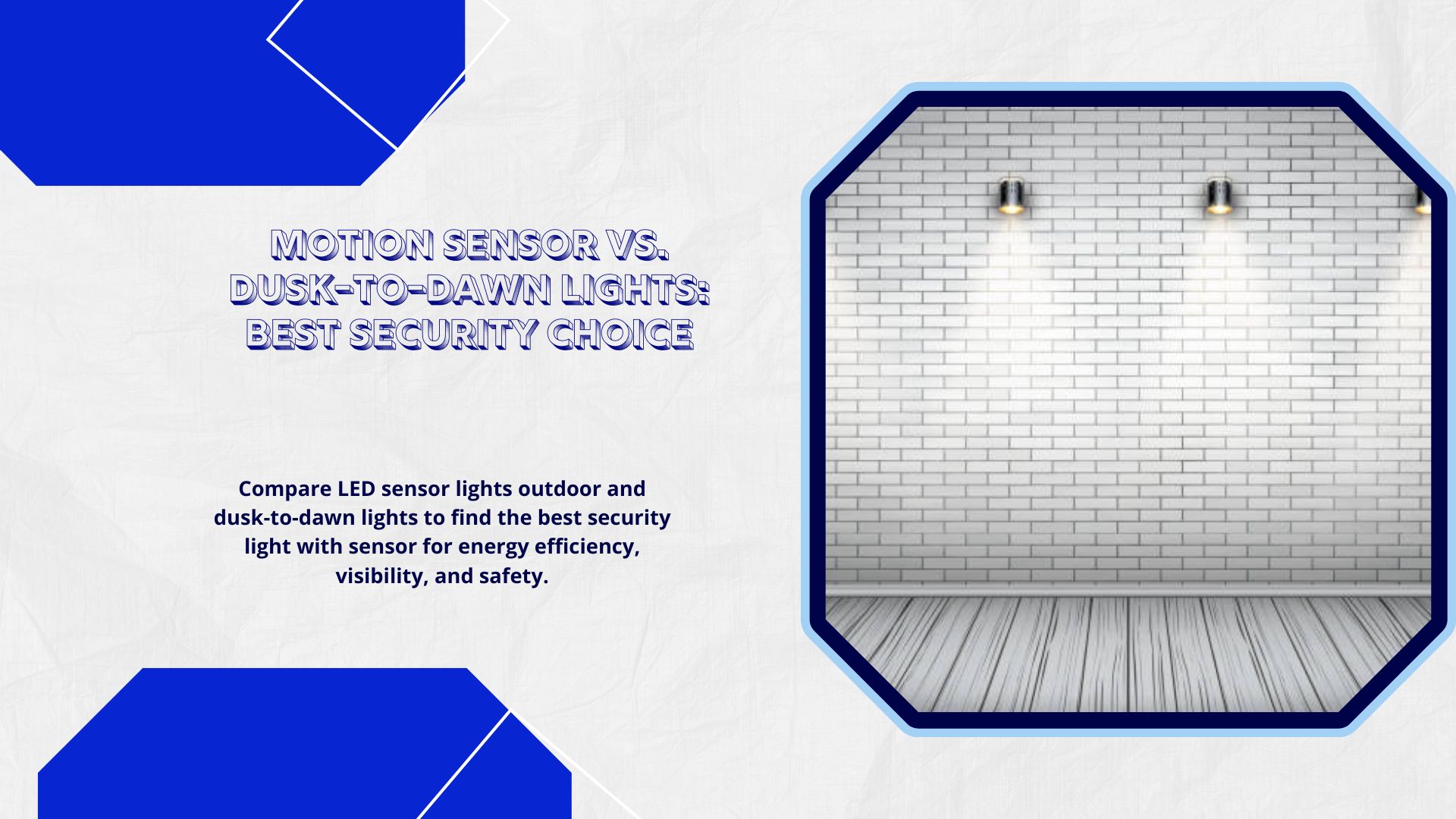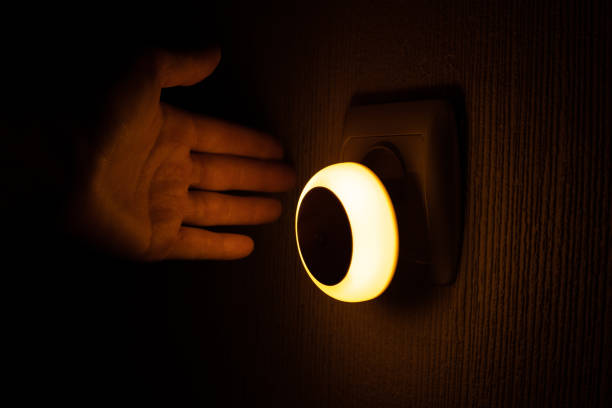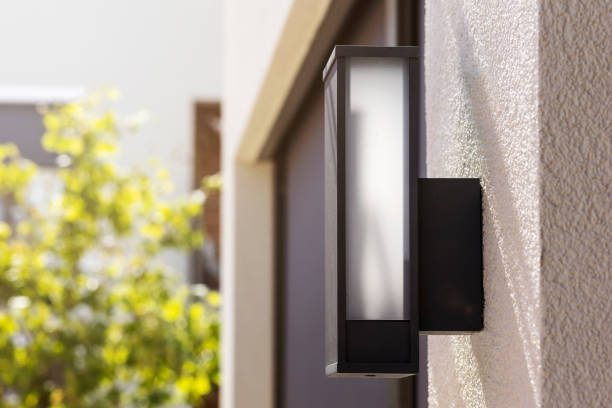
Outdoor lighting plays a crucial role in home and business security. Among the most popular options are LED sensor lights and dusk-to-dawn lights. Both serve to illuminate outdoor areas and enhance security, but they work in different ways. Understanding the differences between these two lighting solutions helps in making the right choice for safety, efficiency, and convenience.
Understanding LED Sensor Lights
A LED sensor light is designed to activate when it detects motion. It remains off most of the time and turns on instantly when movement is detected within its range. This makes it an energy-efficient option for outdoor security, as it only operates when needed.
Benefits of LED Sensor Lights Outdoor

- Energy Efficiency: Since these lights only turn on when motion is detected, they consume far less electricity compared to lights that remain on throughout the night.
- Enhanced Security: A security light with sensor startles intruders by suddenly illuminating dark areas, making them an excellent deterrent.
- Long Lifespan: Because the light isn’t constantly on, the LED bulbs last longer, reducing maintenance and replacement costs.
- Customizable Sensitivity: Many LED outdoor sensor lights allow users to adjust sensitivity settings, ensuring they only activate when necessary.
- Ideal for Low-Traffic Areas: These lights work best in areas where movement is infrequent, such as driveways, backyards, or near entry points.
Understanding Dusk-to-Dawn Lights
Dusk-to-dawn lights, on the other hand, automatically turn on when the sun sets and remain on until daylight. They are equipped with a photocell sensor that detects natural light levels, allowing them to function continuously throughout the night without manual operation.
Benefits of Dusk-to-Dawn Lights
- Continuous Illumination: These lights provide a steady source of brightness all night, making them ideal for areas that need constant lighting.
- Improved Visibility: Unlike LED sensor lights outdoor, which only activate upon motion, dusk-to-dawn lights ensure that driveways, entrances, and pathways remain well-lit at all times.
- Effective Crime Deterrence: Constant lighting can discourage intruders from targeting your property.
- Low Maintenance: Once installed, these lights operate automatically without the need for frequent adjustments or activations.
- Suitable for High-Traffic Areas: Dusk-to-dawn lights work best in spaces that require consistent lighting, such as parking lots, sidewalks, and building exteriors.
Comparing LED Sensor Lights and Dusk-to-Dawn Lights
1. Energy Consumption
An LED sensor light conserves power by staying dormant until movement catches its attention, only switching on to investigate the source of disturbance. In contrast, lights set to shine from dusk until dawn remain relentlessly illuminated throughout the murky hours with no regard for whether their glow is gained or going unseen. For those seeking to minimize wasted watts, a motion-activated lamp is the more eco-friendly selection as it resists radiating into the dark unless provoked by passing presence.
2. Security Features
The security lights vigilantly stand guard, springing to life at the slightest motion to startle trespassers. Their unpredictable activation creates an effective surprise deterrent. In contrast, the dusk-to-dawn lamps provide incessant luminescence, leaving no corner cloaked in shadow. For utmost protection, some owners deploy both unpredictable sentinels as well as the constant comfort of illumination.

3. Cost and Maintenance
LED sensor lights outdoors typically have lower electricity costs since they only operate when motion is detected. While convenient for occasional nighttime usage, their limited activation avoids excess and unnecessary energy expenditure. Dusk-to-dawn lights, in contrast, maintain continuous illumination throughout the dimly lit evening and nighttime hours. This perpetual usage, though providing unrelenting visibility, results in higher monthly electricity bills and more frequent replacement of worn-out bulbs.
4. Suitability for Different Areas
Areas characterized by infrequent nocturnal activity are well-suited by LED outdoor sensor lights. Backyards, isolated alleys, and detached garages see little nighttime motion to warrant constantly illuminated dusk-to-dawn fixtures. However, locations expecting regular nightly movements, such as well-trafficked walkways or busy driveways, benefit most from the uninterrupted guidance of dusk-to-dawn lighting.
Making the Right Choice
Both LED sensor lights and dusk-to-dawn lighting offer advantages for outdoor illumination, though their best uses vary according to the situation. Sensor lights intelligently switch on with movement, saving energy while facilitating security checks of the area. However, their detection range is limited. Dusk-to-dawn lights reliably guard borders from nightfall until dawn without requiring sensors but lack sensitivity. A nuanced balance of the two tailors brightness and vigilance to one's terrain and budgets.
Investing in top-quality, motion-activated LED fixtures ensures a clever, eco-friendly method to shelter homes and enterprises, allowing serenity with small energy footprints. Meanwhile, continuously-lit solutions continue serving as a dependable choice for environments requiring constant monitoring. Though each has qualities, a blend of the two adapts illumination precisely to unique needs.